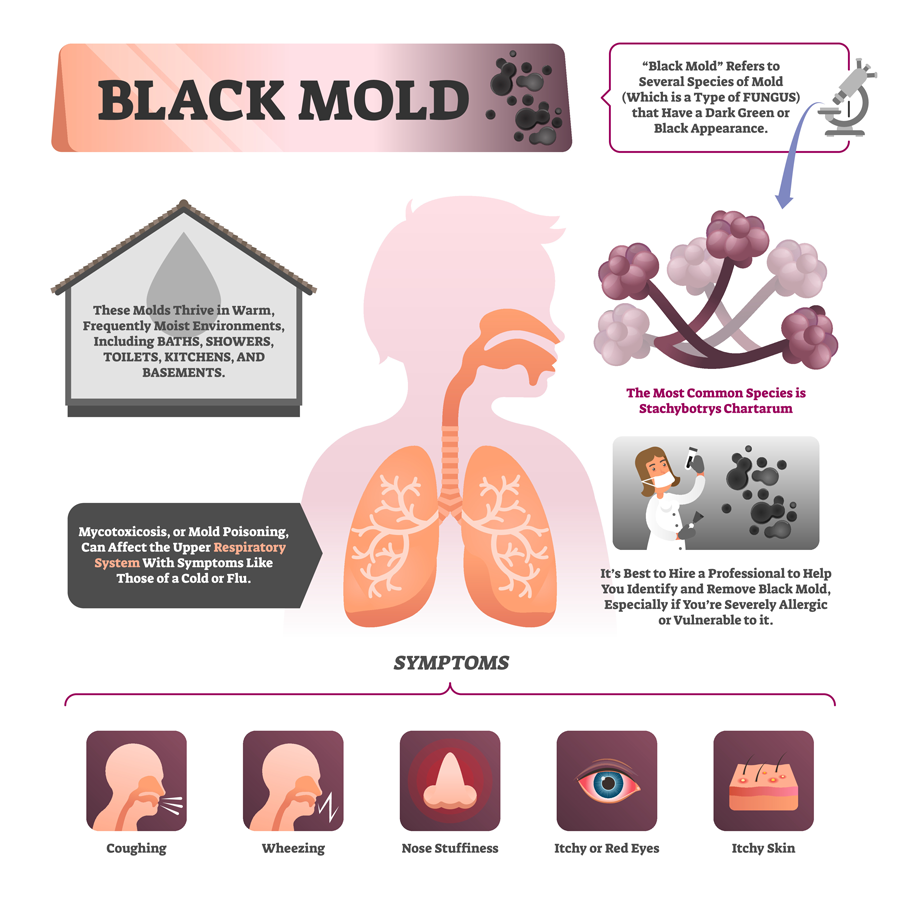Homestead Property Inspections LLC provides thorough and professional home inspections for buyers in the Manatee and Sarasota County area. Our team adheres to InterNACHI’s Standards of Practice and training/continuing education requirements to provide the highest level of service.
Why Get A Home Mold Test?
Different Kinds of Test
Air Quality Testing
Mold testing attempts to determine which kinds of mold are present in your house, and how many molds there are in the air. Samples that have been collected are examined in a lab under carefully controlled conditions. All indoor spaces contain mold spores that come into them through air currents from outside, so mold testing usually provides a long list of species — most of which aren’t actually present in your house. Determining what kinds of mold are present in your home will allow you to decide whether you or your loved ones are in danger, and if you need a mold inspection.
Visible Surface Testing
A mold inspection determines whether there’s any visible mold present and estimates its size (in square feet). An inspection typically includes a visual examination for signs of mold growth, an assessment of water damage, testing for humidity levels, and inspecting the HVAC system for signs of mold contamination. Since mold often drifts into homes from the outside, marginal amounts are almost always present indoors. A mold inspection will be able to determine if the problem was caused by water damage.

